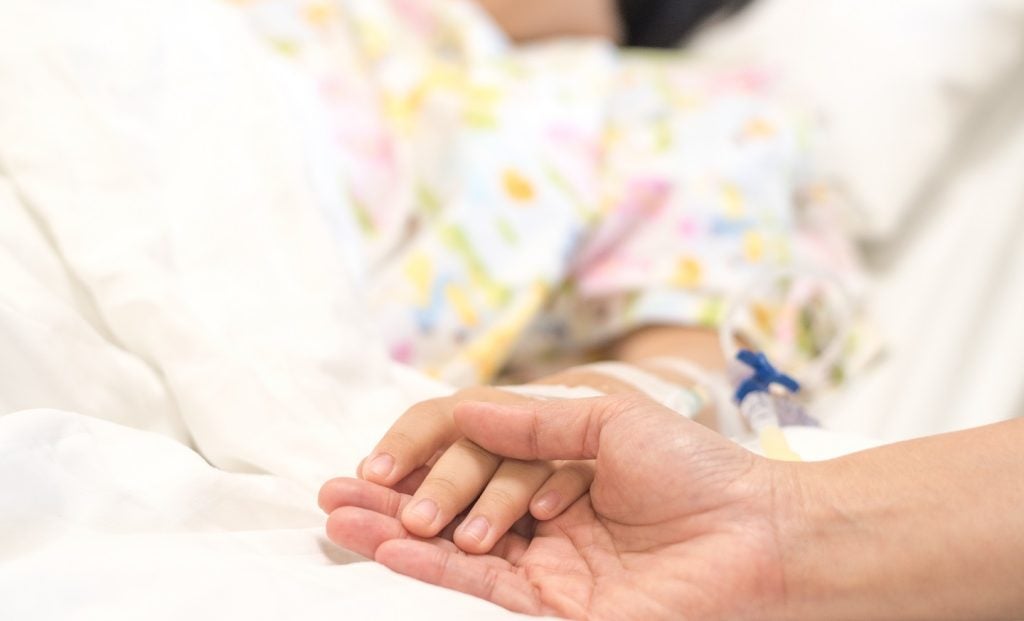Pneumagen has dosed the first subject in the Phase II proof-of-concept clinical trial of intranasal broad-spectrum antiviral Neumifil for influenza infections.
The randomised, single-centre, double-blinded, controlled, placebo-controlled, human infection challenge trial will assess two doses of Neumifil given as an intranasal spray in healthy subjects following infection with flu virus.
It is anticipated to enrol up to 100 people.
The decline in the occurrence of symptomatic influenza infections and a reduction in symptom severity, and to evaluate the efficacy of Neumifil as an early treatment or prophylaxis option for at-risk influenza patients are the primary endpoints of the trial.
Assessing the decline or shortening in viral shedding and reduction in nasal discharge were included as the secondary endpoints.
See Also:
Open Orphan subsidiary hVIVO will carry out the trial, which will be conducted at its facilities in London.
How well do you really know your competitors?
Access the most comprehensive Company Profiles on the market, powered by GlobalData. Save hours of research. Gain competitive edge.

Thank you!
Your download email will arrive shortly
Not ready to buy yet? Download a free sample
We are confident about the unique quality of our Company Profiles. However, we want you to make the most beneficial decision for your business, so we offer a free sample that you can download by submitting the below form
By GlobalDataThe company expects preliminary topline results from the trial in the first half of 2023.
In November last year, Pneumagen initiated the Phase I trial of Neumifil in healthy subjects for prophylaxis and treatment of viral respiratory tract infections.
The latest Phase II trial comes after positive topline findings were observed in the Phase I trial of Neumifil assessing safety and tolerability in healthy subjects.
A new engineered multivalent carbohydrate binding molecule (mCBM), Neumifil is being developed for prevention or treatment to lower and manage viral respiratory tract infections.
It works by directly attaching and hindering viral pathogen entry into the host.
Pneumagen CEO Douglas Thomson said: “Neumifil has the potential to prevent viral-induced exacerbations for patients at high risk of complications, reducing symptoms, hospitalisations, and disease burden.
“This challenge study in healthy volunteers will help us prepare for a further Phase II trial starting in the second half of 2023 in patients who experience viral induced exacerbation of their underlying pulmonary pathology.”







